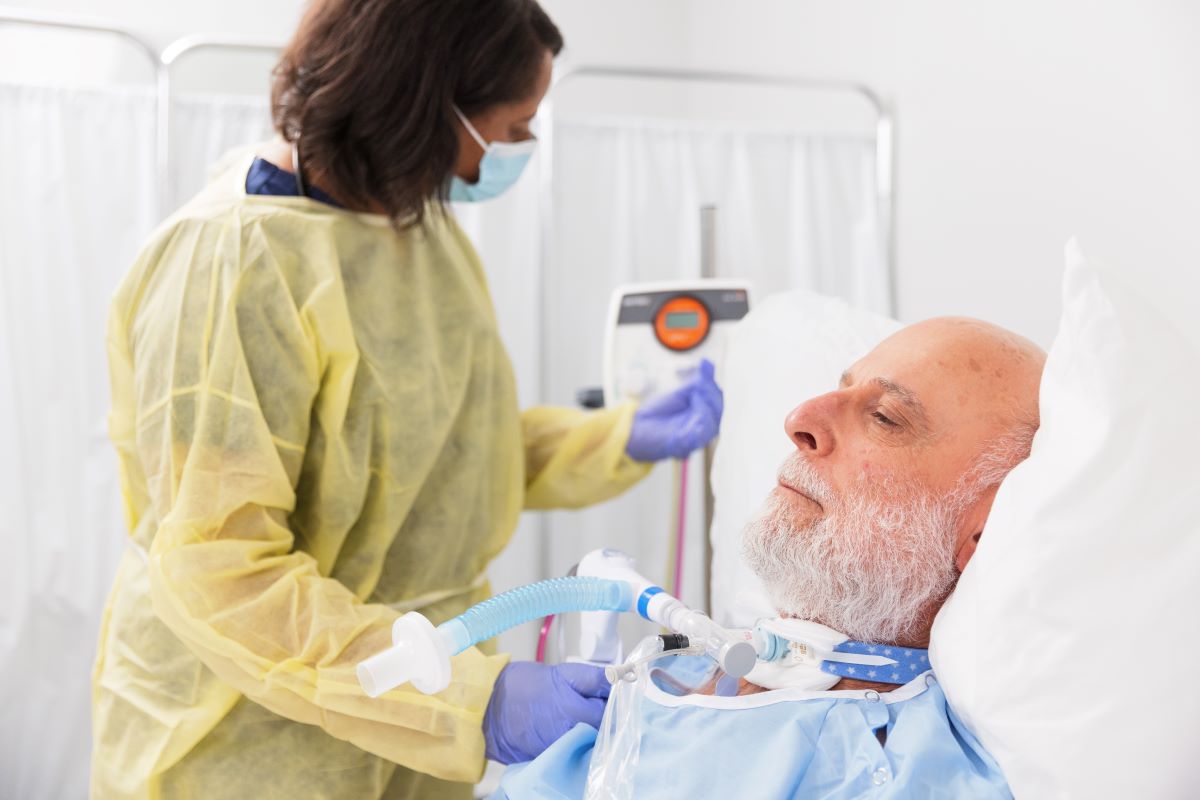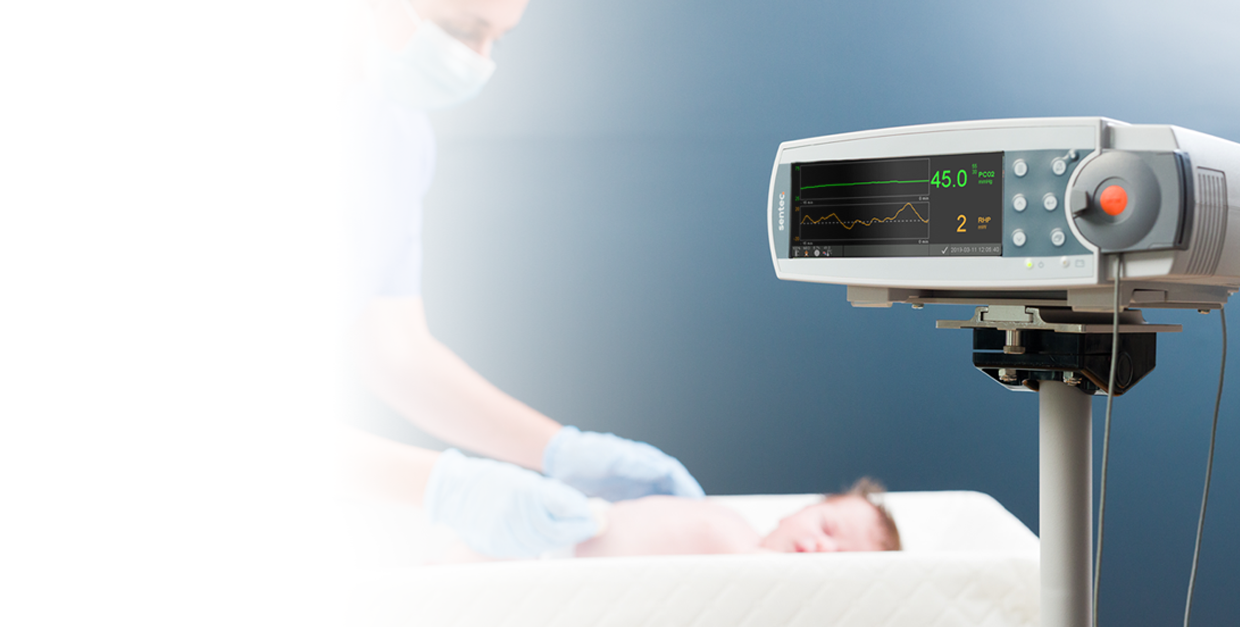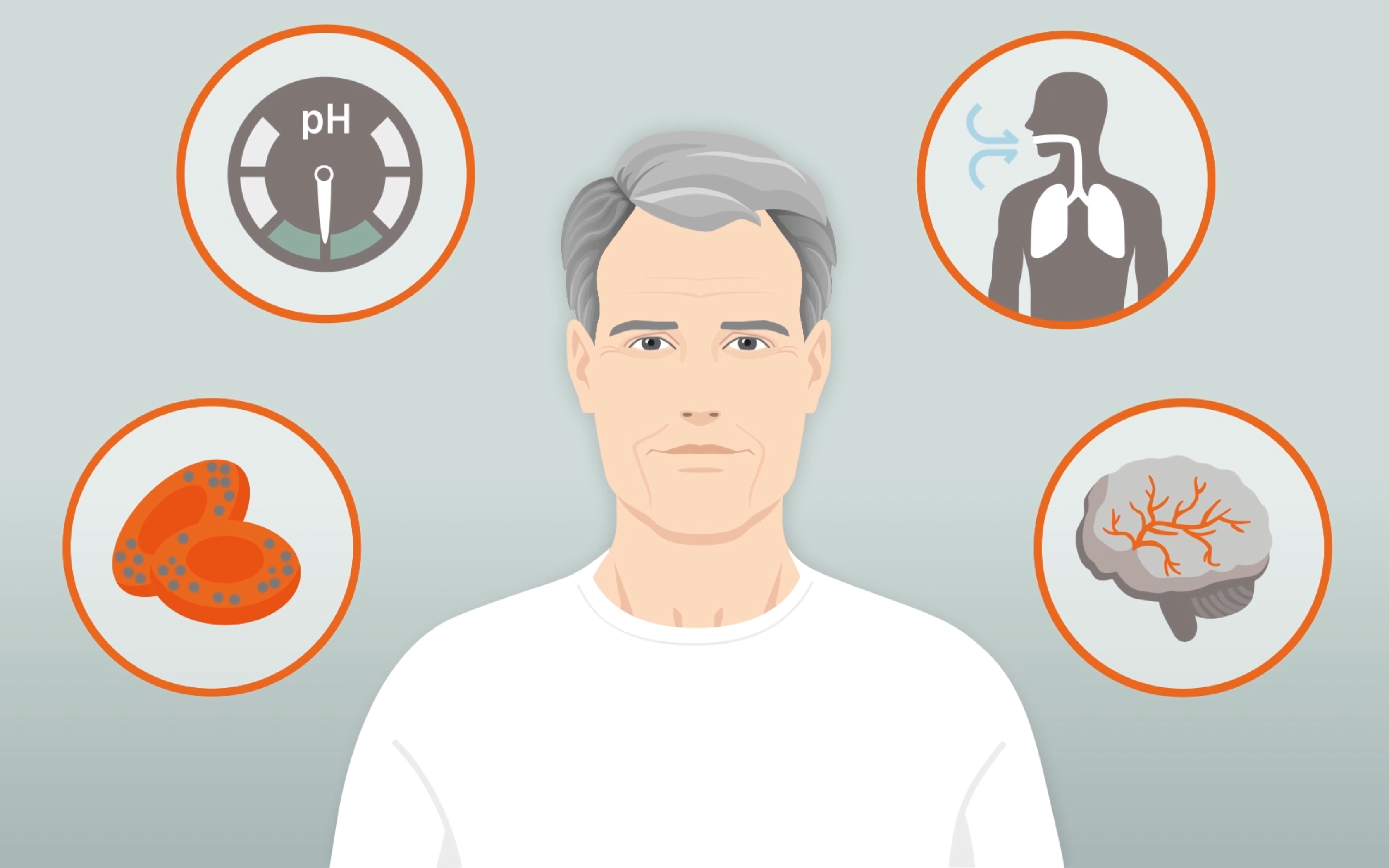MENU
- Product Spotlight
Attachment Solutions For Transcutaneous CO2 Monitoring
The Sentec suite of attachment options for transcutaneous CO2 monitoring allows care teams to confidently choose solutions that support the clinical priorities of each patient — across populations and care settings.
- Sentec Article
5 Keys to Success in Adopting Transcutaneous Monitoring
Learn more about how a level IV NICU team was recently successful in developing an all-encompassing strategy to drive consistent utilization of transcutaneous monitoring with the goal of improving patient care.
- Patient Story
Stella’s IPV Therapy Story
Diagnosed with spinal muscular atrophy shortly after birth, Stella relies on intrapulmonary percussive ventilation (IPV) therapy as a key part of her daily routine. By offering a proactive approach to her at-home respiratory care, IPV therapy empowers Stella and her family to embrace an active and fulfilling lifestyle with confidence.
- Sentec Article
How Often Should PCO2 Be Monitored in Chronic Hypercapnic Patients? Are Current Practices Enough?
Chronic hypercapnia, characterized by elevated levels of CO2, poses a significant challenge for individuals with conditions like chronic obstructive pulmonary disease (COPD), neuromuscular disorders (NMD), and obesity. Although the negative effects of chronic hypercapnia are widely acknowledged, researchers at the University of Michigan are shedding light on the true urgency of its management.
- Sentec Article
What is Intrapulmonary Percussive Ventilation (IPV) Therapy?
Intrapulmonary percussive ventilation (IPV) therapy is an airway clearance therapy that combines percussion, high-velocity flow, and entrainment to mobilize secretions and address gas exchange impairment. The therapy can be delivered through a mouthpiece or mask, directly to the airway, or in-line with a ventilator, making it versatile for a range of patient populations.
- Product Spotlight
Meet the IPV 1
The IPVⓇ 1 is a safe and effective airway clearance device that builds on the Percussionaire legacy of IPV therapy with a Unified Connector that supports patient safety, a patient-friendly interface, and the unique efficacy of the Phasitron.
- Sentec Article
Is IPV Therapy Safe
Along with IPV therapy’s clinical results in treating patients with respiratory complications, it has a demonstrated history of being safe and well-tolerated across diverse patient populations, care settings, and delivery interfaces.
- Product Spotlight
Storage, Mounting, and Facility Planning for Transcutaneous Monitoring
There is a long list of decisions to make when adopting new technology in a hospital unit, and transcutaneous monitoring is no exception. Some of the most overlooked decisions in our experience are those around mounting and storing the devices both during monitoring, while not in use, as well as for performing maintenance.












